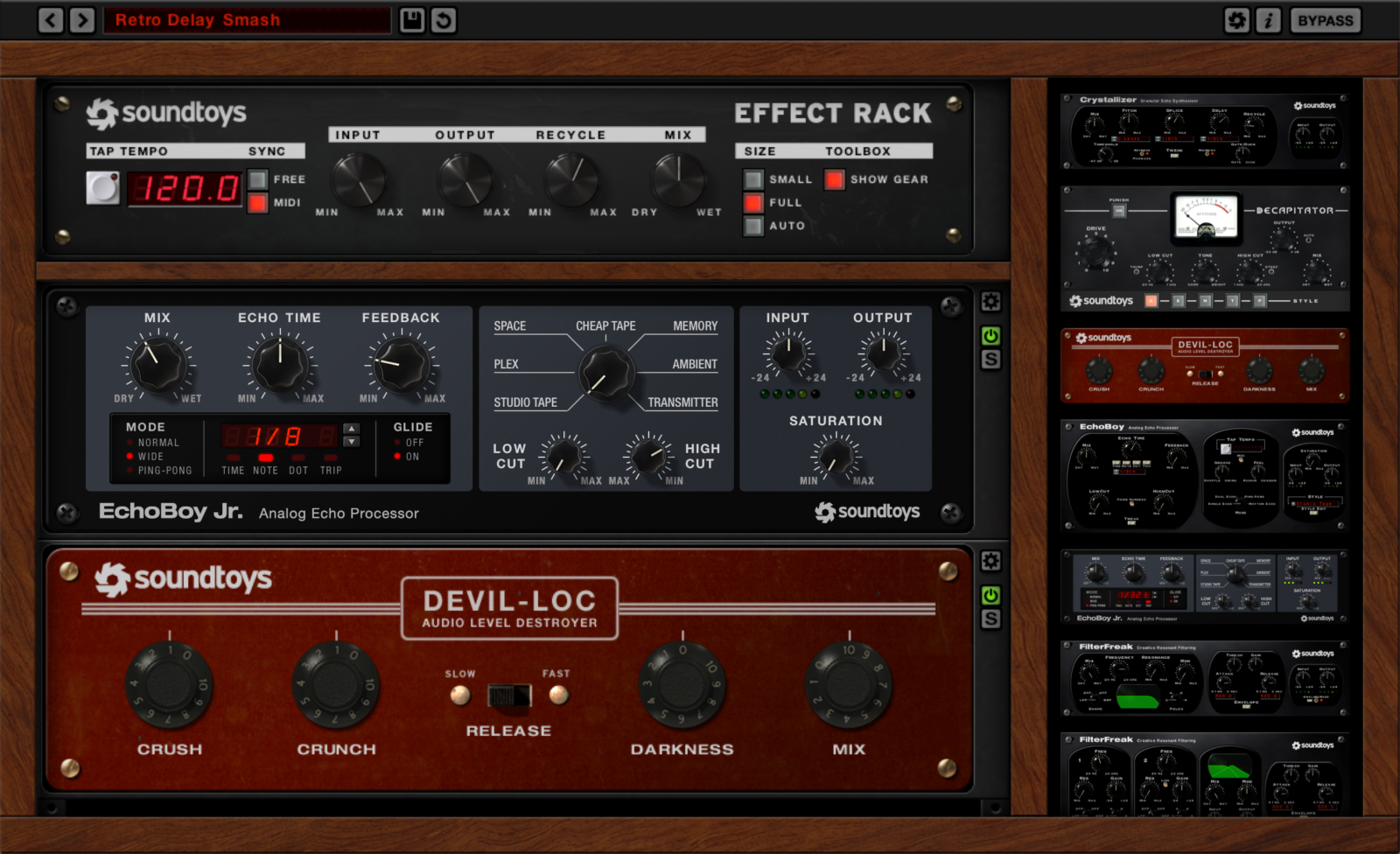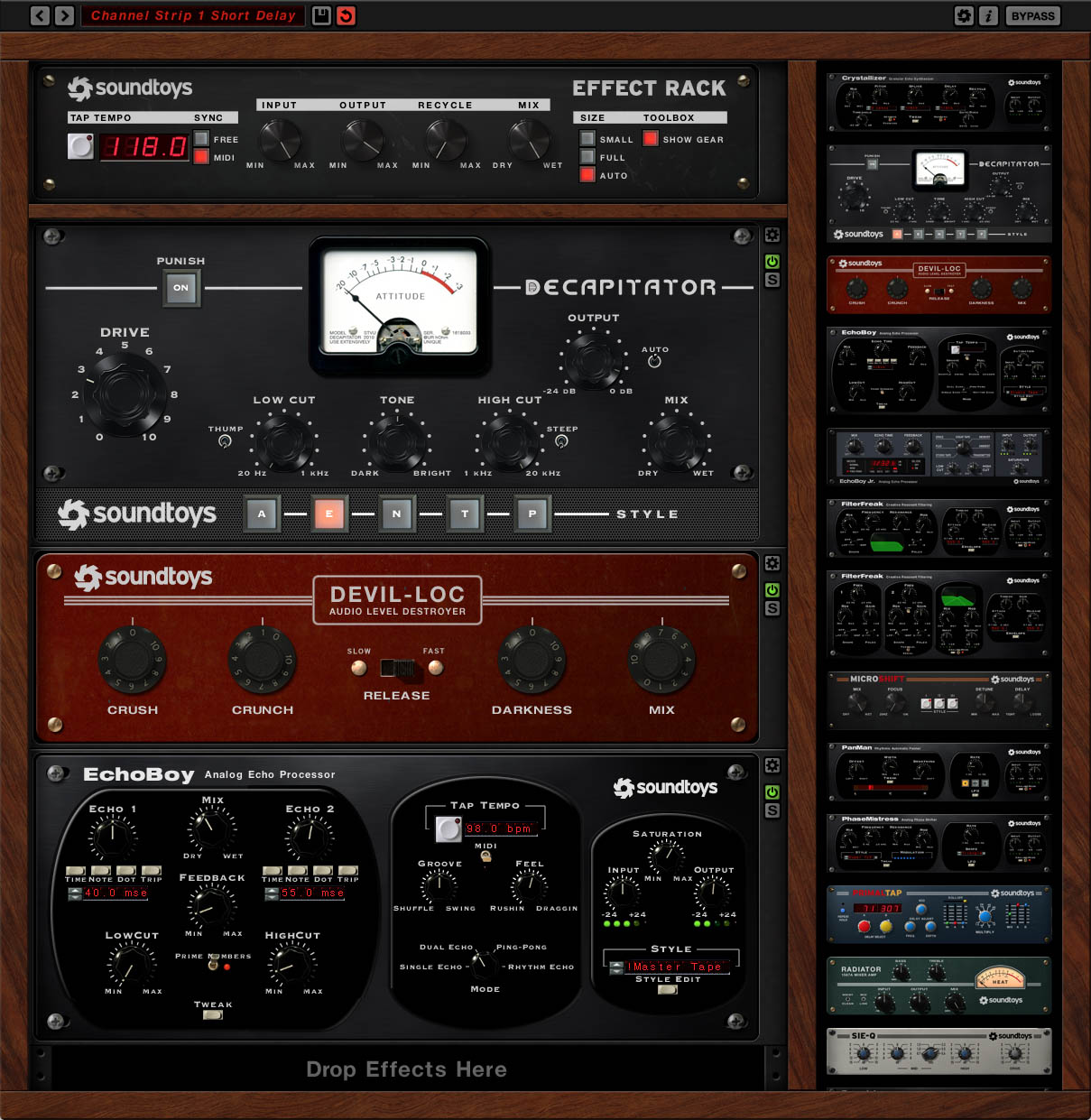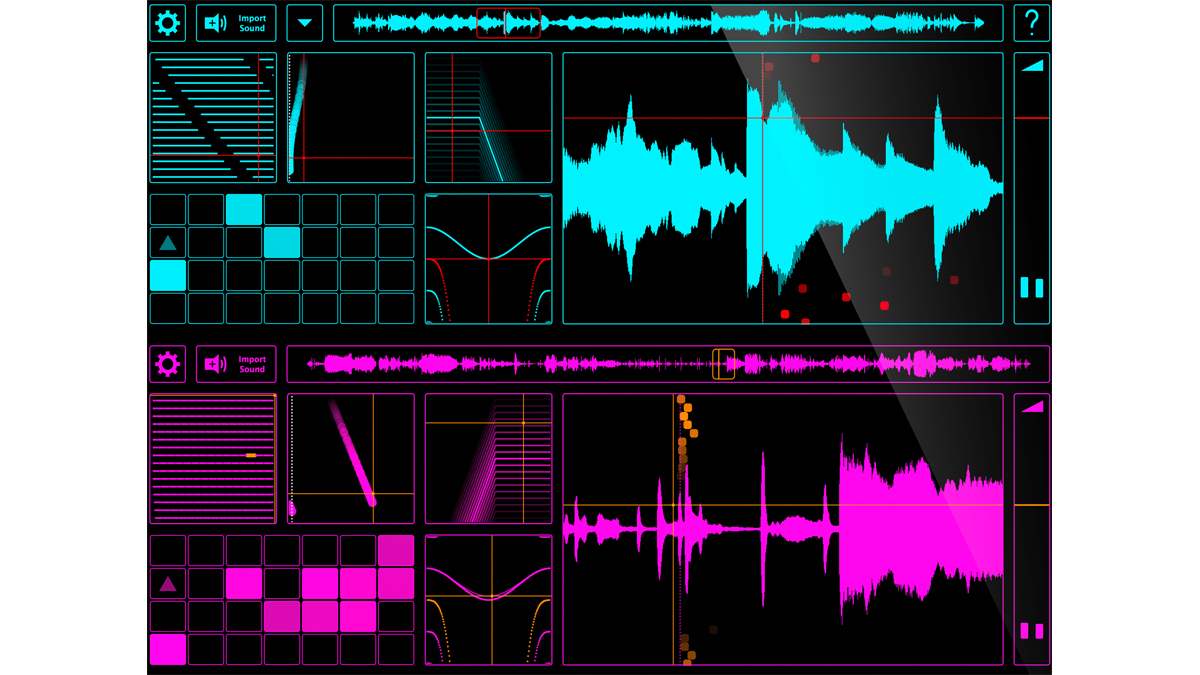8 interesting ways to transition from one part of a track to the next
Bored of using the same old risers? These transition tips will help you get from A to B without catching any Zs

It's a common problem: you've got your A section, and you've got your B - and you're happy with both ideas - but the shift from one to the other feels clunky and unexpected.
That's where transitions come in handy. A well-crafted transition can work wonders for the flow of your track, helping to mesh disparate sections into a structurally coherent whole.
All too often though, the same old clichés are relied upon when devising transitional moments. Let's banish the banal and run through some alternative ways to get from A to B without catching any Zs.
1. Reverbed reverse
Swamp a reversed sound in reverb, then reverse the rendered ambience signal. Bet you’ve never heard that tip before, eh?
Well, you can obviously go further and make the classic ‘reversed reverb’ trick your own: timestretch the reverb ‘riser’ to quadruple its original length; pitch up the reversed reverb by an octave or two; or coat the new effect in even more reverb, then you can reverse that!
2. Make noise
Noise is a staple tool for building FX sounds. Filter some white noise and you’ve got the classic ‘noise sweep’ or synthetic ‘wind’ effect: easy.
Alternatively, throw your favourite flanger or chorus processor over some noise for strange, metallic timbres. And although noise doesn’t have an inherent pitch or tone, you can always try pitch- or frequency-shifting your noise for odd timbral sweeps.
Get the MusicRadar Newsletter
Want all the hottest music and gear news, reviews, deals, features and more, direct to your inbox? Sign up here.
3. Chain it up
Piling up multiple signal-processors is a rapid way of transforming a vanilla sound into something far stranger. We’re fans of purpose-built multi-effects and channel-strip plugins (like Soundtoys’ Effect Rack and Unfiltered Audio’s BYOME) that allow you to freely stack up and reorder individual signal processors in a modular fashion.
While the fun is in experimentation, try a standard signal path of distortion, into band-pass filter, into reverb and delay.

4. Repurpose
One of the best ways to inject personality and coherence into your latest production is by designing your FX sounds and ambience using distinctive sounds taken from the track itself.
For example, if your tune features a vocal part, chop out a segment and repeat it over steady 1/4- or 1/8th notes on a new track. Once this loop is running, use all types of processors – distortion, filters, delay, granulators, etc – to build an element that seems to emanate from within the existing parts of your track.
5. Sidechains
Once you’ve designed an epic FX sound, it may well swamp your track and fill up the midrange and top end of your mix. A good tip, therefore, is to apply heavy side-chain compression to this cavernous signal, keyed from a prominent percussive element in your beat. Crank those compression settings up to create dynamic ‘whips’ and swells that expand out from under the beats.
- Read more: 7 essential transition techniques explained
6. Audio edits
Rather than turning to effects processors to create turnarounds or transition sections, try bouncing audio from your master channel or a group/bus track and doing some creative edits.
Try, for example, chopping sections out to create rhythmic stutters, reversing sections or using a pitch envelope to make it feel like the whole track is rising or falling.
7. Going granular
Granular processors break your input signal into tiny little segments. By adjusting those grains’ playback speed, direction, ‘motion’, randomness and more, you’ll quickly find yourself designing twisted, atonal effects from even the most basic of sounds.
An obvious source signal to try is a sung vocal or spoken voice, as our ears will latch on to the vocal characteristics, despite the fact that you’ve created a bizarre FX sound.

8. Automated space
For a more subtle but still impactful method of creating transitions, use automation to increase the size and level of spatial effects like reverb and delay as you build up to a drop or breakdown. Gradually increasing the dry/wet balance, size or feedback level of these effects is a great way to make it feel like your track is shifting in tone without throwing obvious FX over it.
A slow swamp of reverb – particularly combined with filtering – can make it feel as if your track is ‘stepping back’ as you approach a transition, allowing you to quickly bring all the elements back to the forefront by cutting the reverb back to its original level for the ‘drop’.


I'm the Managing Editor of Music Technology at MusicRadar and former Editor-in-Chief of Future Music, Computer Music and Electronic Musician. I've been messing around with music tech in various forms for over two decades. I've also spent the last 10 years forgetting how to play guitar. Find me in the chillout room at raves complaining that it's past my bedtime.
"If I wasn't recording albums every month, multiple albums, and I wasn't playing on everyone's songs, I wouldn't need any of this”: Travis Barker reveals his production tricks and gear in a new studio tour
“My management and agent have always tried to cover my back on the road”: Neil Young just axed premium gig tickets following advice from The Cure’s Robert Smith









